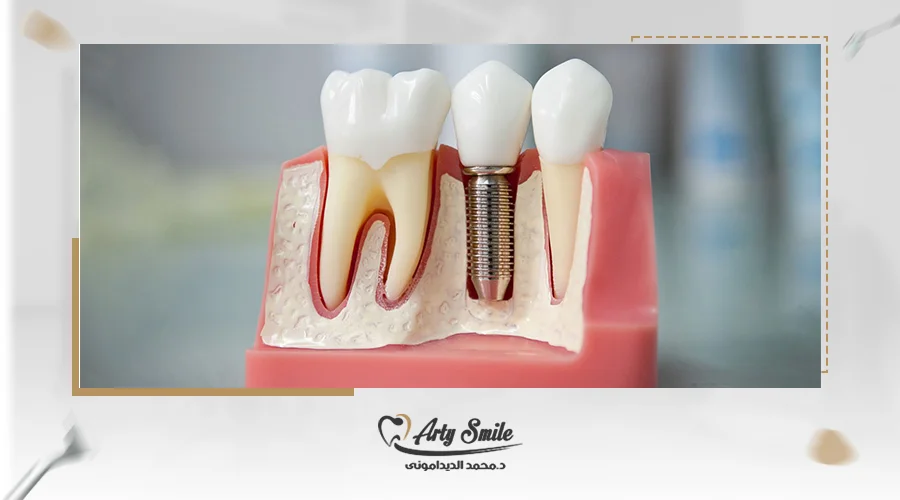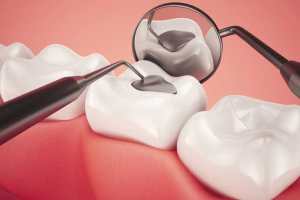What is Restorative Dentistry?
Restorative Dentistry refers to any dental procedure that fixes or replaces a tooth. Restoration procedures include cavity fillings, root canals, and even dental implants.
In restorative dentistry, there can be two goals: restoring the function of the teeth and restoring their appearance. In some cases, it is one or the other, and in some cases both.
Many dental procedures fall into the category of Restorative Dentistry
Cavity filling. It is by far the most common procedure in restorative dentistry. When bacteria dig into the enamel (the hard outer layer) of a tooth and create a hole (called a cavity), it needs to be filled to protect the soft pulp inside. During the cavity filling procedure, the dentist will remove the damaged portion of the tooth and fill the hole with a tooth-colored composite material. This filling will prevent bacteria from contaminating the tooth further.
Root canal. treatment may be necessary when the cavity penetrates deep enough into the tooth to reveal the soft pulp inside the tooth. Sometimes, after a tooth is injured, a root canal is needed.
Usually, the cause of root canal treatment is an infection of the inside of the tooth. During the root canal procedure, the dentist will remove all soft pulp from inside the tooth and the root canal, flush out the infection, and fill the inside of the tooth with a composite material such as the one used to fill the cavity. Once the inside is filled, it can no longer be infected and the tooth will be saved.
Crown. When a tooth is damaged in some way, be it due to severe caries, a crack, or a broken tooth, it can be strengthened with a crown (otherwise known as a cap).
In the crown placement procedure, the top of the tooth is shaved and the crown is placed on top. The crown looks and functions like a natural tooth, while the natural root stays in place.
Bridge. A dental bridge is an artificial tooth suspended between two crowns. Sometimes the bridge consists of a row of many teeth.
The bridge is held in place by crowns over the existing teeth on either side of the bridge or by dental implants. The sternum is on the gums but does not contain the root.
Post filling instruction
1.Bite and chew carefully
2.Sensitivity to chewing that may last up to 8 weeks, but gradually decreasing in pain during that time period
3.Avoid sticky foods
4.Take your time and chew on the other side of the mouth
5.Avoid sugary foods
6.Cold sensitivity that may last up to 8 weeks, but gradually decreasing in pain during that time period.
Inlays, Indirect restorations are those that cannot be fabricated inside the mouth and instead must be fabricated outside of the mouth before being placed on the affected tooth most properly made from Zirconia ceramics Or lithium disilicate ceramics.
Hot Sensitivity that may last a few days you may feel you are not biting correctly.
You may not feel this for some time if the bite is only slightly high.
Removable dentures can be attached to the gums by suction or glue. Implant-based dentures (also known as snap-on dentures) are held in place by several dental implants placed in the jaw.
Tips for taking care of your restorative dentistry work
- Brush your teeth thoroughly twice a day.
- Electric toothbrushes can help you remove plaque from your teeth and perform restoration work.
- Remember to floss your teeth, dental implants, crowns, and bridges daily.
- Try not to chew hard or sticky foods. They can damage the implant, bridge or crown.
- Use an antibacterial mouthwash to fight plaque bacteria around your regeneration work.
- Schedule an Appointment Now at Arty Smile With Dr.Mohamad Eldydamony.




